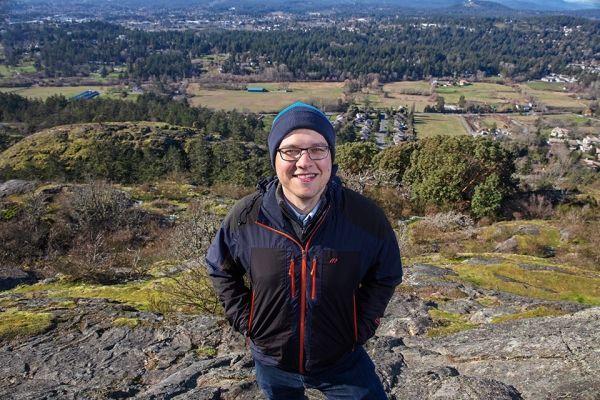How much land will a carbon-free electricity system require?
Early in his research career, Kevin Palmer-Wilson discovered that renewable energy sources such as wind and solar could play a major role in a future carbon-free electricity system—but each method of producing energy comes with its own costs.
Palmer-Wilson, a PhD student now with the 2060 Project at the University of Victoria, witnessed first-hand public resistance to a wind farm project when he worked at a German electricity provider. Although Germany was seen as a trailblazer in renewable energy at the time, Palmer-Wilson’s project presentation nearly turned into a shouting match among rural community members.
“We need to get off fossil fuels and embrace renewables, but there is a real conflict between how people feel about their local environment and the global challenge of climate change,” recalls Palmer-Wilson of the event some five years ago. “Getting that human dimension—the public acceptance to this change—into our energy system models is vital in understanding the great challenge of climate change.”
Continue reading at University of Victoria.
Image via University of Victoria.


